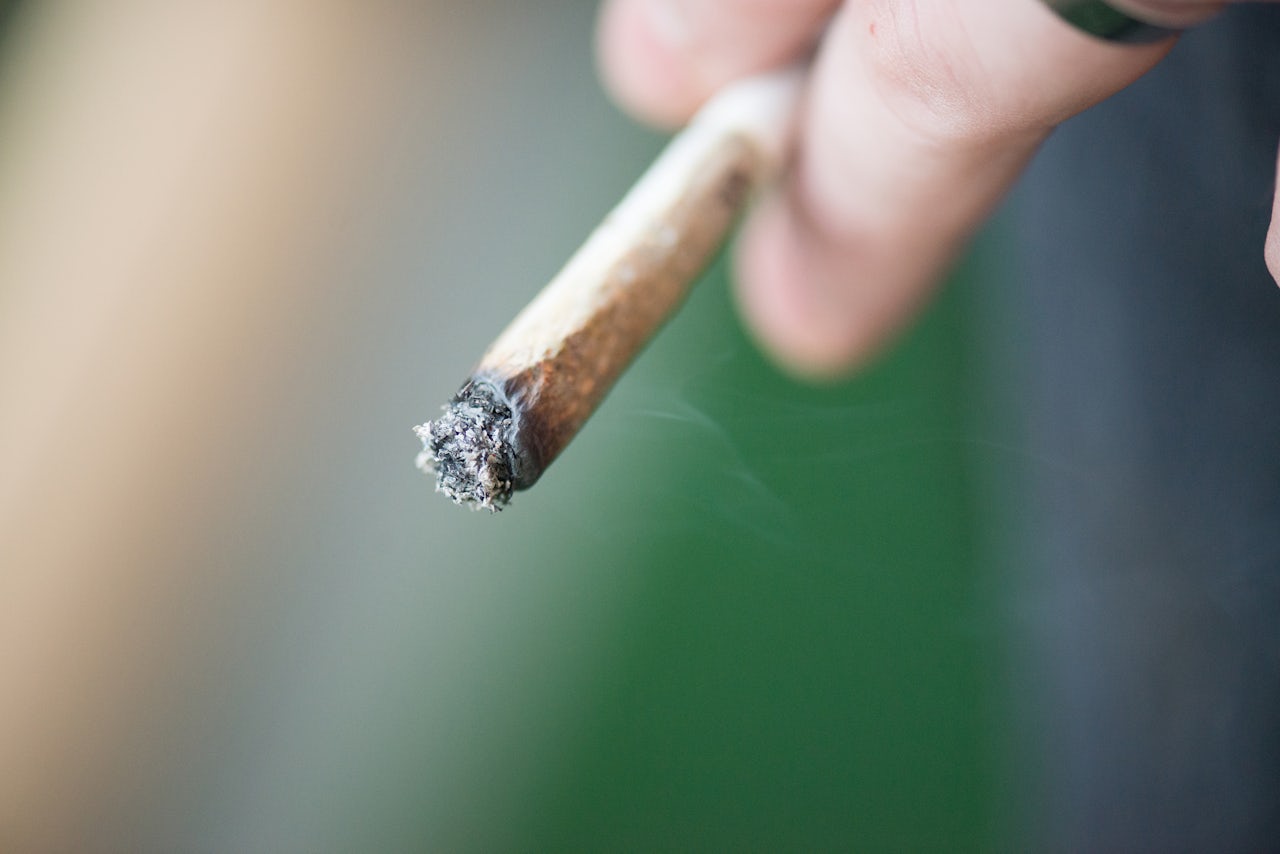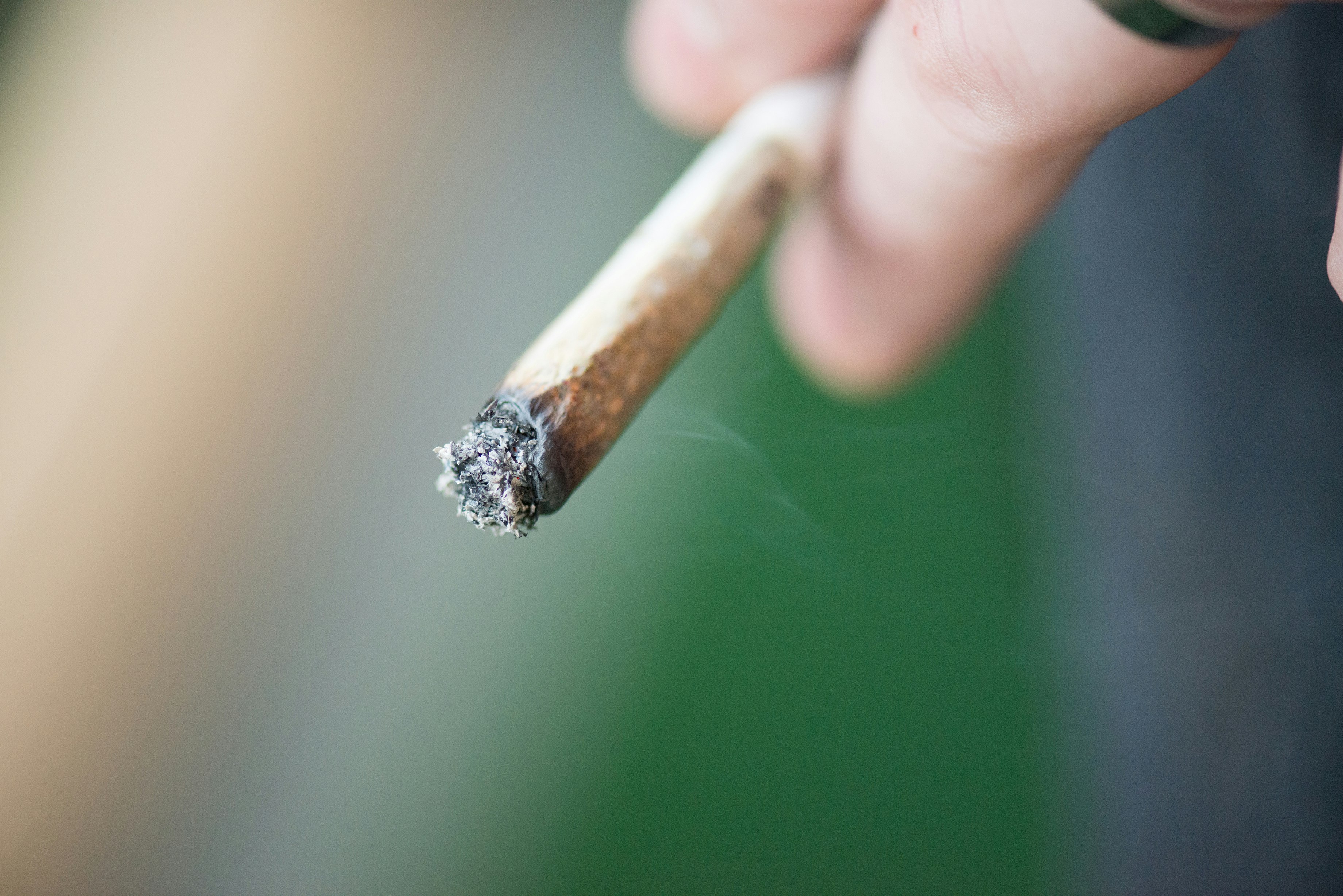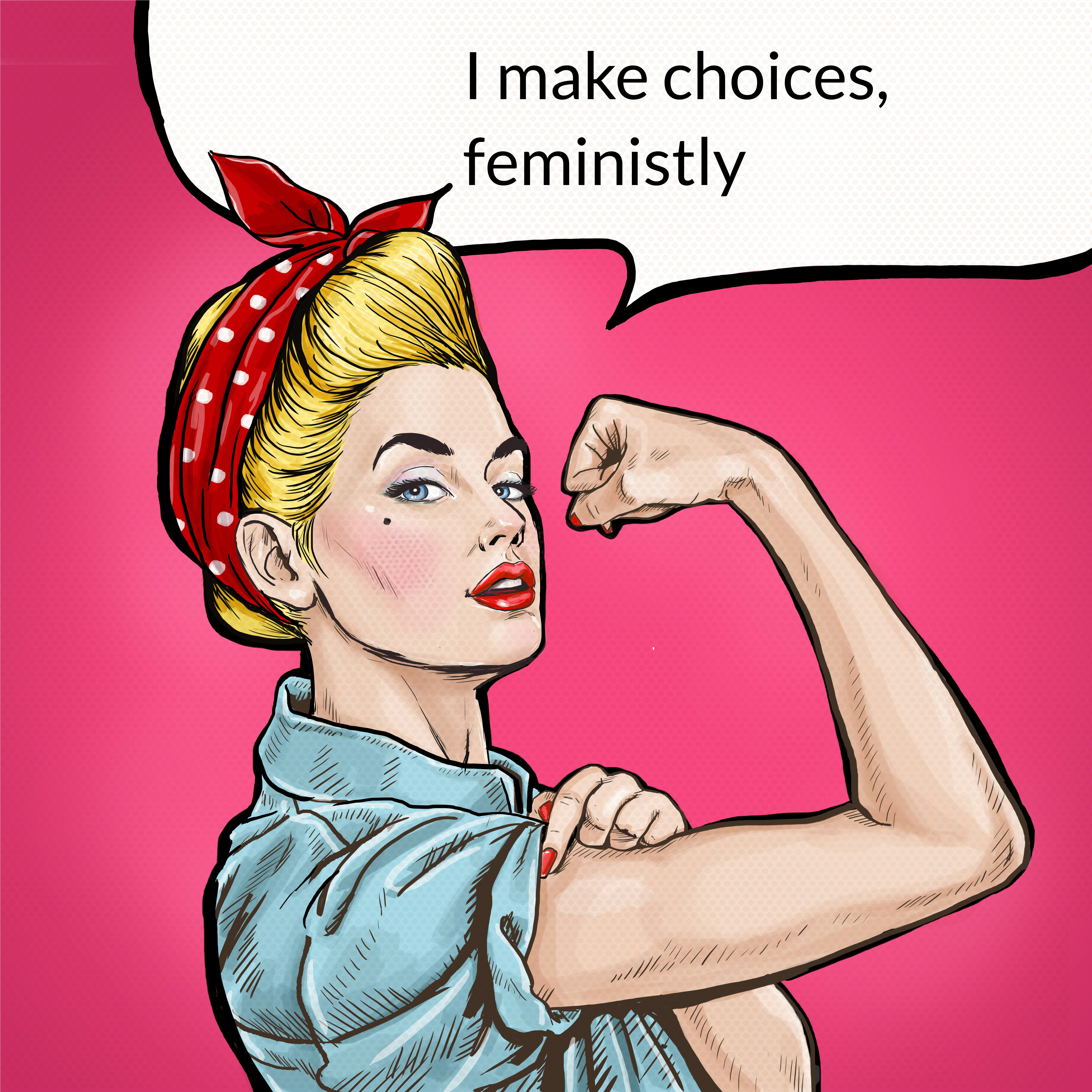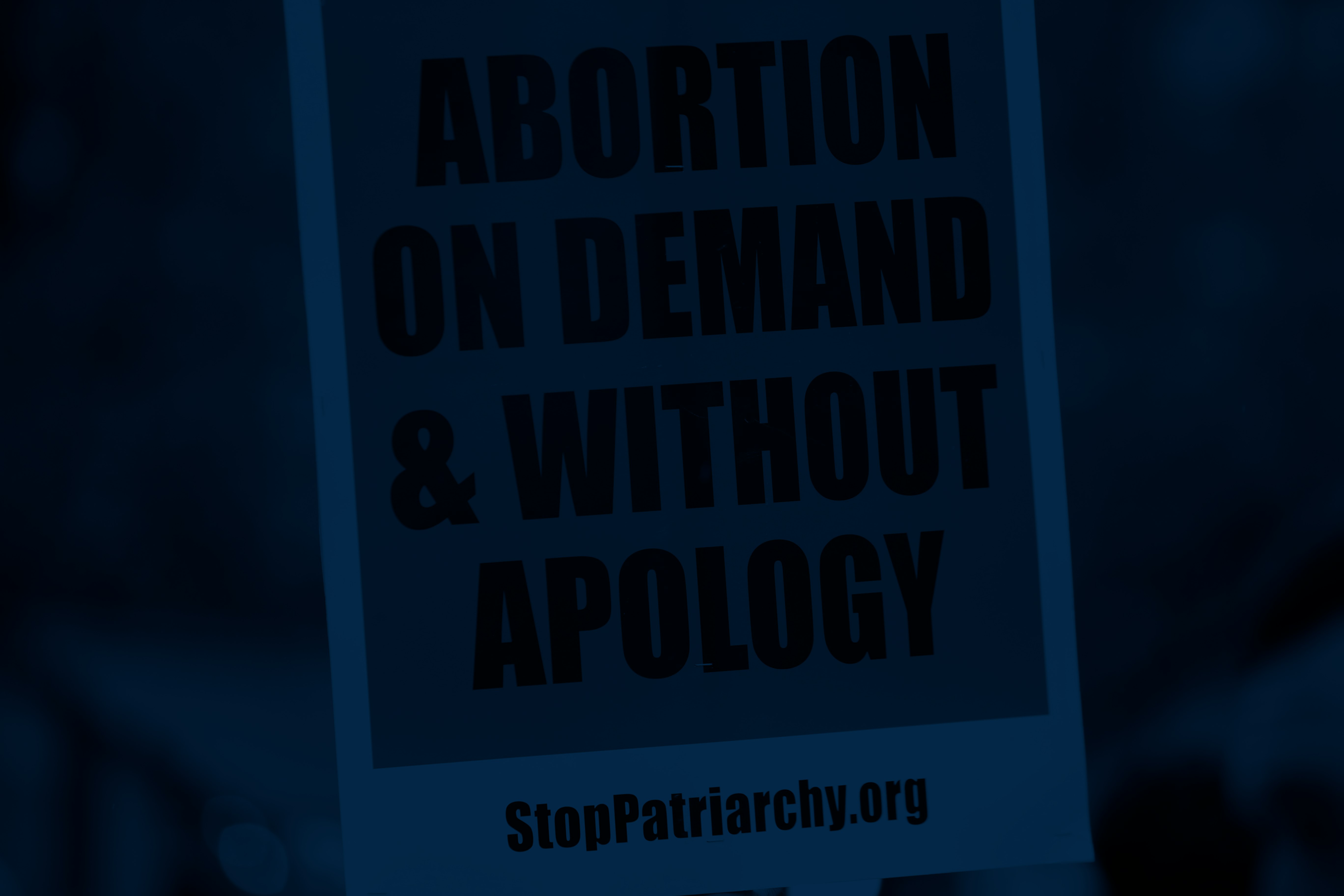If you, like me, used to be a pothead, then quit, but still end up smoking on occasion, you might’ve experienced what a friend of mine likes to call “weed hubris.”
Hit your younger brother’s gravity bong in an effort to appear chill, and are suddenly very worried about the last time you went to the dentist? That’s what happens when you defy the weed gods. Took a puff of some random dude’s blunt at a music festival, and now you can’t tell whether you have to pee or not? My friend, you have flown too close to the sun. Decided to vape before a family function for old time’s sake, only to settle into a quiet yet acute panic at the prospect of describing your job in digital media to your aunt? Peak weed hubris.
Thinking I can still smoke pot and enjoy it like I used to has been a revealing feature of my mid-to-late-twenties. Nowadays, it seems, I prefer my altered states much less altered. Though weed obviously has different effects on different people, I have too much to worry about by simply pretending to be an adult to partake in substances that in some form or another elucidate my shortcomings or force me to confront my own mortality.
That’s why lately I pine for bad weed. The shwag. The shake. The plastic baggie full of crumbly and parched green-brown leaves, which, when smoked — on the top of an apple or inside a cheap pipe — already tasted like ashes, and made your lungs want to cry. Since high school, my estimation of bad weed has only risen, at least as an alternative for adults who only kind of want to get high. In an age where Whole Foods bud is fast becoming a reality, it is becoming the vinyl of recreational marijuana, a haphazard way to recapture the shoddy purity of a bygone era.
I smoked pot almost every day from junior year of high school to junior year of college, at the University of Wisconsin. It was fun. It was illicit, but not injuriously so (full disclosure: I’m white, and was fortunate enough to grow up in a place where smoking weed was treated more like cutting class than committing a crime). It made teenage conversations profound, food better, movies more interesting. I had a “cool mom,” who was “okay with me smoking pot” and “guilted my friends and I into watching The Rocky Horror Picture Show with her afterwards.” In general, weed served as a predictable antidote to run-of-the-mill suburban blahs.
A number of factors led me to (mostly) quit, but chief amongst them was the growing sense of dread I had about graduating, and the ways in which being high forced me to wade around in those feelings. Sitting on the couch eating Pizza Rolls and watching How I Met Your Mother reruns used to feel innocuous; now it just made me feel like a piece of shit. Smoking threw into focus everything I wasn’t doing — namely, not-eating Pizza Rolls — because I was smoking.
And, of course, the weed was getting stronger, too. According to Mic, every reliable trend analysis we have indicates weed has grown more potent over time, particularly in the wake of medical marijuana legislation. Whereas the pot of yore typically — although not always — had THC concentrations of 10 percent or less, the average retail strain in states where weed is legal, like Colorado, was up to 18.7 percent as of 2015. The strongest stuff is eclipsing 30 percent. (That’s to say nothing of the innovations in edibles, the unknowns of which can leave even the most experienced of stoners freaked the fuck out.)
Certainly, one aspect of bad weed that was good was that it was bad: it probably wouldn’t send you into an anxiety-fueled tailspin involving palliative episodes of Boy Meets World unless you really, really wanted it to. Many of my weed-humbled friends, in Chicago and now New York, have found comfort in modulated vapes and pens — especially those with a high ratio of CBD (the trendy non-psychoactive cannabinoid) to THC. To me, this stuff has the same twisted appeal as those scrubbed-clean “dive” bars, which will gladly serve you a $14 cold brew cocktail instead of laughing in your face for requesting anything more complicated than a whiskey-ginger.
Besides, less strong weed is not the same as bad weed, and there’s something irksome about these new high-tech tools, particularly at a time when more and more of what we see and hear and watch and listen to are being sold to us as “optimized.” Netflix ruthlessly tracks your every click and search and pause to determine what shows and movies appear on your homepage; as a BuzzFeed News report puts it, their “visual interface is all meant to make choosing what to stream so fast and frictionless that you don’t have to think about it.” Spotify’s algorithm uses your information to imitate your past listening habits. I don’t think I need to reiterate what Amazon, Facebook, and Google do.
Big Weed is not yet a Silicon Valley behemoth. But it increasingly reeks of the technocracy. On the production side, Cannabis Tech reports, “systems are already in place to utilize intelligent automation in cannabis cultivation,” including software engineered to provide optimal growing conditions and a weed-trimming robot. On the product side, there are companies like InDose, which is developing breathalyzer-like vape pens that inform the user of how many milligrams of THC they’re inhaling with each puff, and LucidMood, whose raison d’être is a discomfiting hybrid of Philip K. Dick and Jeff Spicoli. By tinkering with terpenes — the different aromatic organic compounds found in marijuana, which, combined with THC and CBD, can affect you in various ways — they can supposedly manufacture a line of pens to induce specific moods: Energy, Chill, Party, Bliss, Relax.
In practice, the mainstreaming of marijuana —its medicinal uses, its decriminalization, its legalization — is a good thing, particularly for people who might use it to help alleviate anxiety or nausea or headaches. Symbolically, it’s a bit disheartening to watch it become optimized-to-death like everything else. Part of the pleasure of shwag was its unpredictability, its imperfection, its aura of wonder: Was it going to be good? Was it going to be bad? Was it going to be oregano? (I was young and stupid.)
There was something chaste in that unknowing. The weed wasn’t engineered for predictable outcomes. Nobody spoke of it in the lofty language of wellness. What used to be a totem of the counterculture is becoming just another shiny and sterile product. We have plenty of those. I’m looking for the wrong stuff—the kind of dried-out weed that makes me feel like I’m smoking something, but only generates a light buzz.
Hey, maybe you know a guy?














